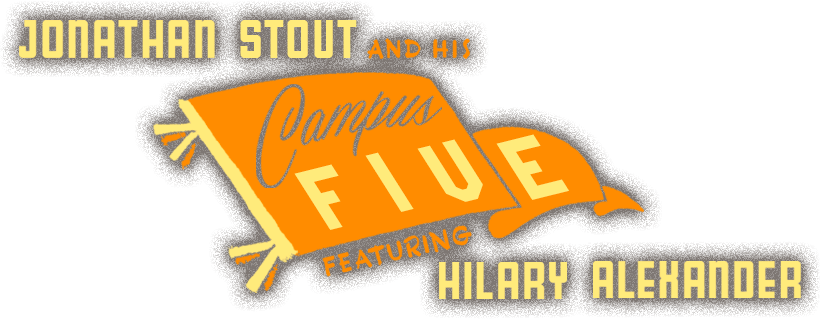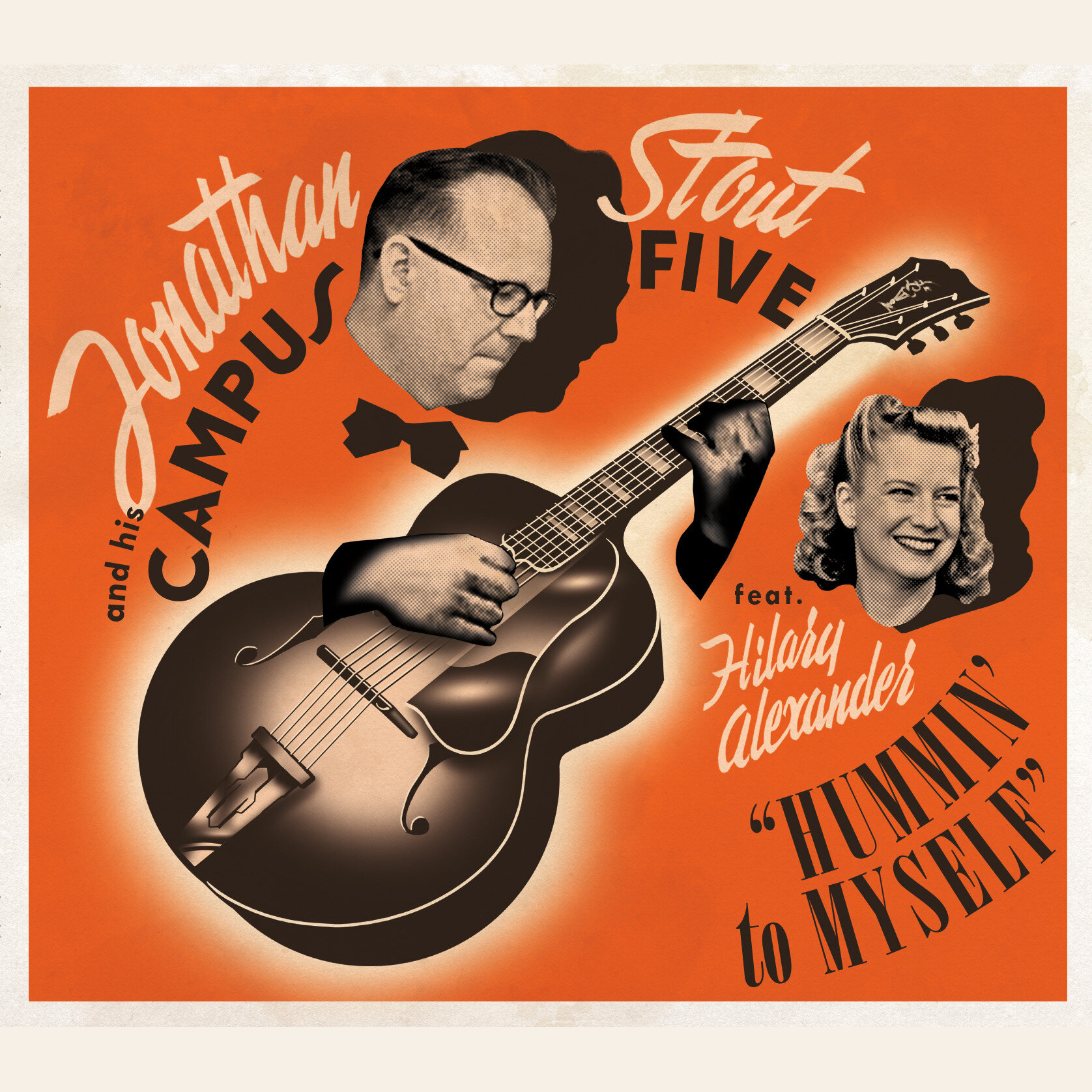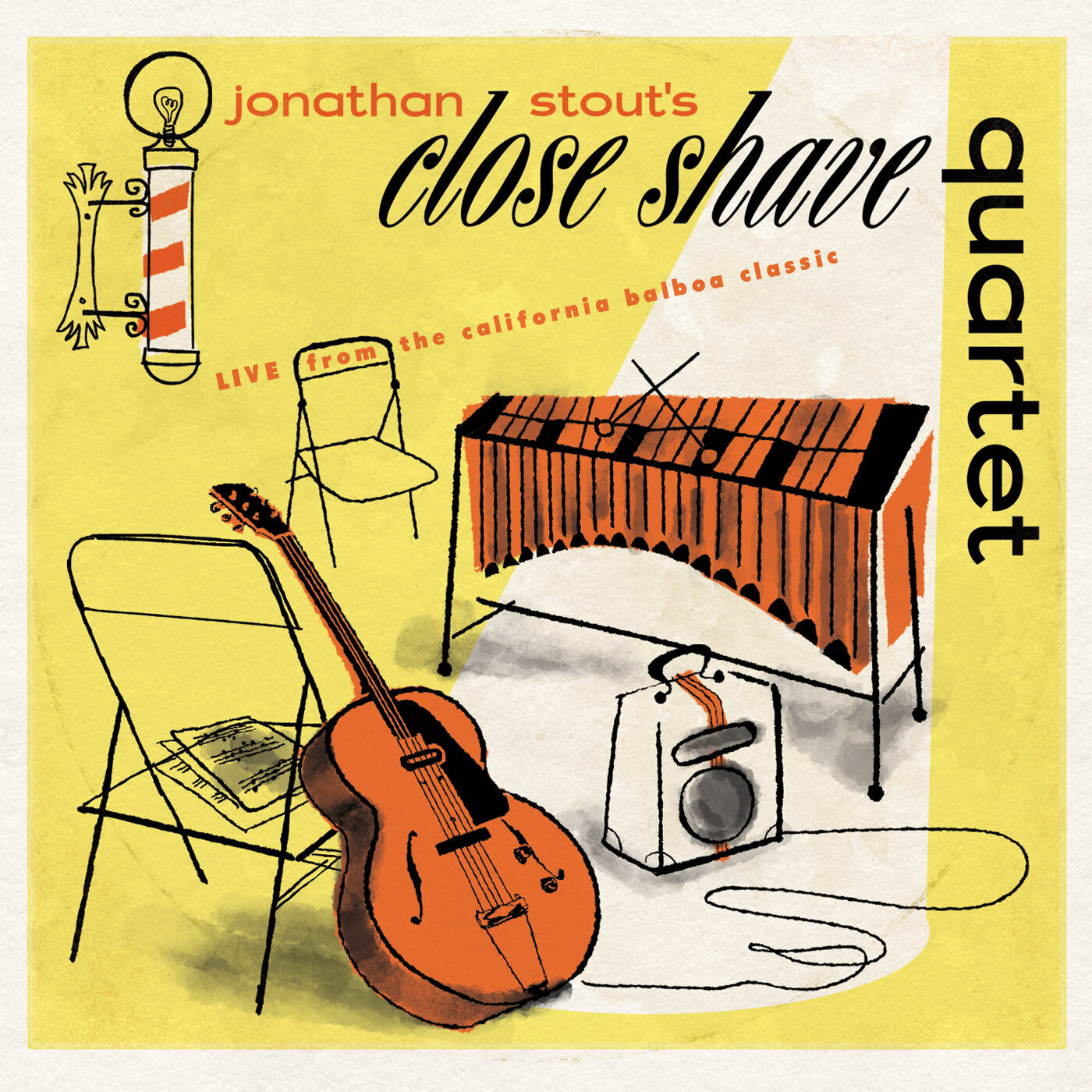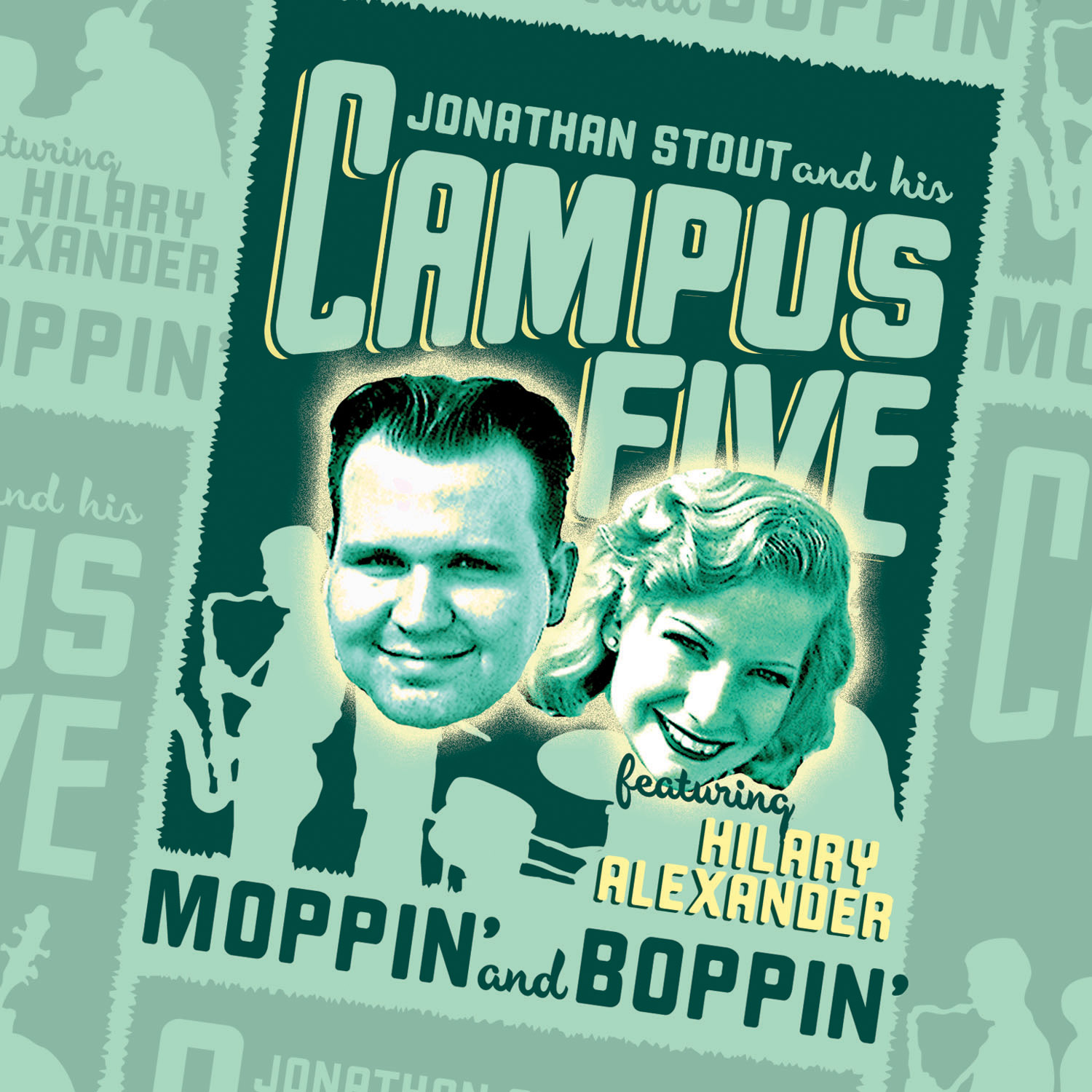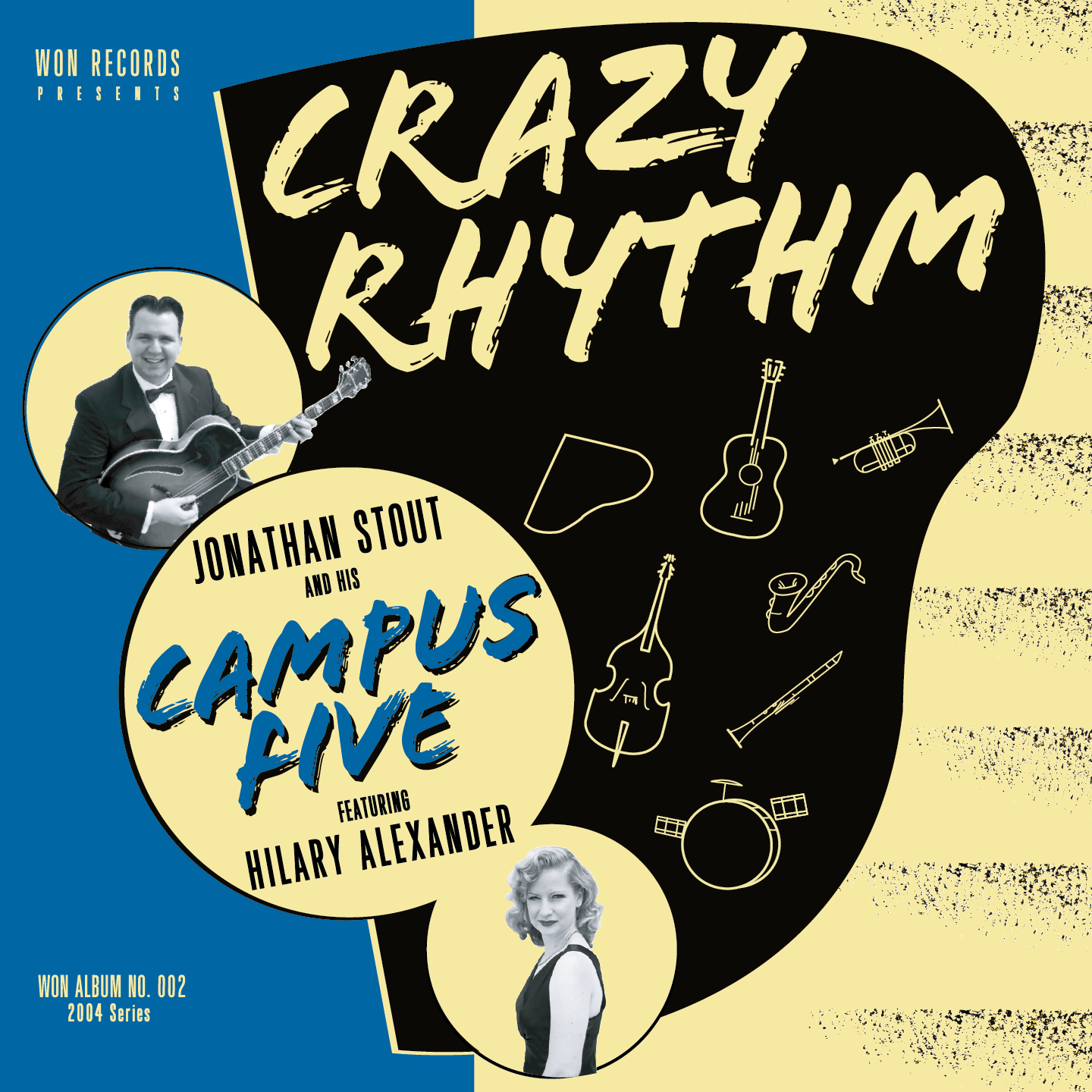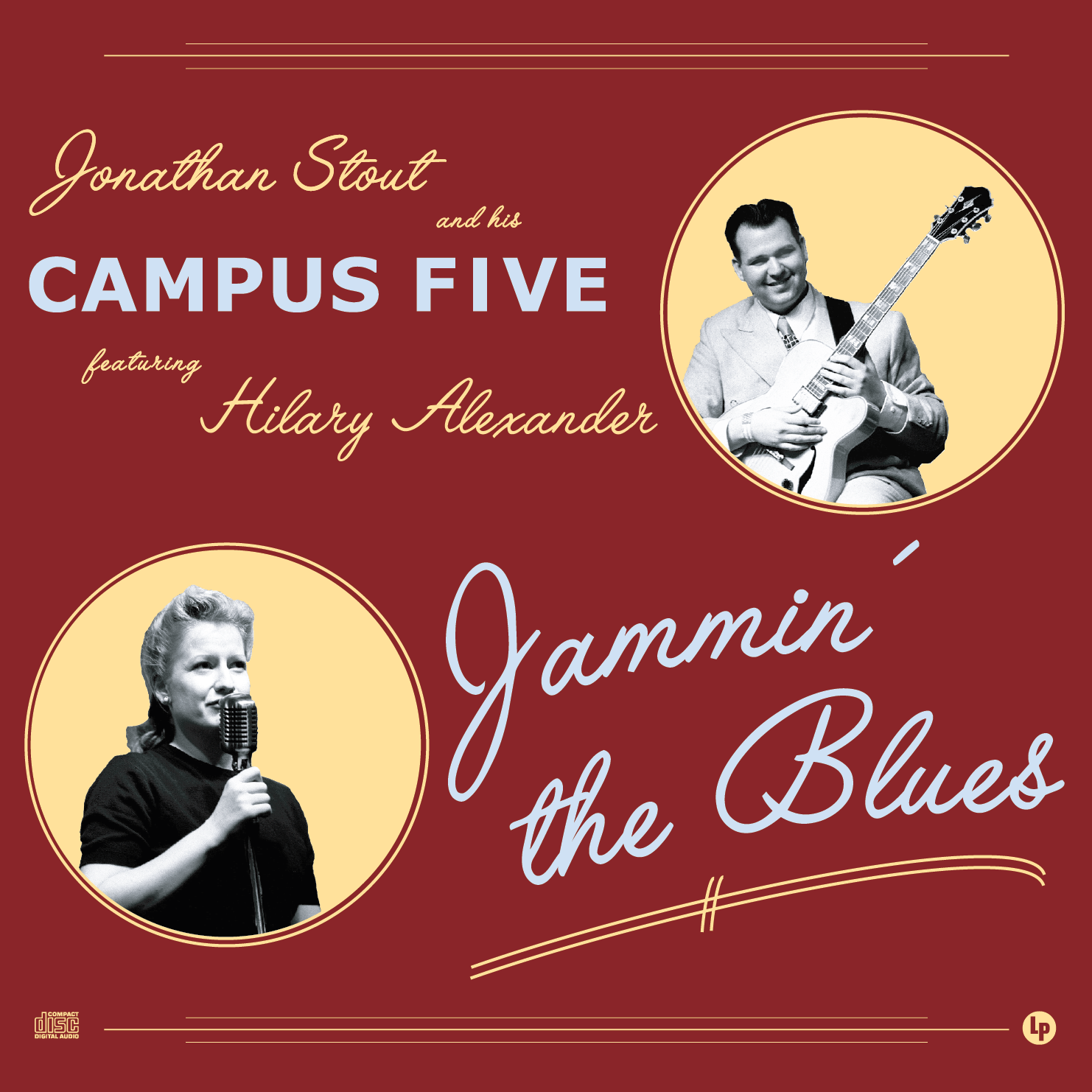The realities of playing Acoustic Swing Rhythm Guitar
/Here's a collection of thoughts that are culled from a discussion that can be found here: http://www.acousticguitarforum.com/forums/showthread.php?t=454453
Basically, someone (member 815C) asked about Freddie Green and whether he was close mic'd on the "Sinatra at the Sands" album. "Was he really that loud?" "Are you guys playing unplugged in a band? If So how do you mic it?"
Another member (Steve DeRosa), pointed out how he had played in a 30's/40's-style big band with a period-correct '47 Gibson L-7 strung up with heavy strings, and beefy action, and how he was able to do it without any amplification. He pointed out some of the hallmarks of Freddie Green-style voicings (only playing the D and G strings, no extra notes/extensions) are key to making it happen.
I chimed in at this point, because although agreed with his suggestions completely, I felt it was important to point out that playing completely acoustic may not be a realistic possibility, even when you've got a period-correct guitar, set up properly. Here are some of my thoughts:
Steve's certainly right about using the proper voicings, focusing on the D and G strings, and using a loud acoustic archtop with heavier strings. And I do what I can to preserve the natural acoustic balance of 1930's-1940's music. I actually don't play anything except 30's and 40's stuff, so I really aim for a pre-bop feel for everything, rhythmically, harmonically, sonically, etc.That said, unless I'm playing in a really well designed acoustic space, I need a little help. Plus, not everyone has sidemen with similarly period correct gear, and as Michael at www.FreddieGreen.org has written, the sonic properties of amplified bass and modern cymbals and drum heads are just not the same as old ones. Almost all of my gigs involve bass players with gut strings, vintage drum sets and cymbals with calf or at least calf-substitute heads - and it's a whole different thing. You might not be so lucky. And even if you are, you might still appreciate a little boost.
User Hot Vibrato then asked:
Slightly off-topic here, but I'm wondering if you could tell me a little more about drums and bass from that era. Were the basses all strung with gut strings back then? Was amplified bass even a thing back then? Calf or calf substitute heads? Where would one obtain those? The cymbals is the primary thing to my ears that makes the drums from those swing era recordings sound so much different from a modern kit. Are there modern offerings that can get that sound?
In response to his curiousity, I went overboard with a pile of information:
Bass was not amplified at all until the 1950's and the birth of the solid body electric bass, but in jazz, not until a bit later than that. Gut strings were standard until about the 50's - although technically some gut strings actually gut core, with metal wrap, but those are still "gut" for the purposes of what we're talking about. The switch to metal allowed much longer sustain, and more legato walking jazz bass sound. Then, once the upright bass began to be amplified, it really allowed players to play as lightly, and legato as possible, and that completely changed the time feel and sound. I had a recording engineer friend tell me about the time he tired to mic the upright bass of a guy who always played with an amp, and even in studio, with decent isolation, he couldn't get a useable acoustic sound from him, and just had to use his pickup.As for drums, the modern mylar head has more frequency spread and a lot more volume than a calf head. Calf-style heads, stuff like Remo Fiberskyn, Renaissance, Skyntone, etc., or Aquarian's Vintage line, are intended to get more of the tone of old calf heads. Also, old drums weren't meant to be as loud as modern ones - think about it: a modern tama or whatever is designed to stand up to marshall stacks and fender twins, and drums are still the last thing to get mic'ed up. Cymbals, likewise have gotten way wider and heavier as volume needs increased. In the 30's 10"-12" hi hats were standard, now 13"-15" are standard. What we now call a splash cymbal (10"-13") was used for cymbal crashes, and the modern crash cymbal (14"-18") was what people used for a ride cymbal. Sure there are also modern alloys, but even among the "vintage"-style cymbals, there's not one maker producing a cymbal as lightweight as the set of 11" Zildjians that came with my 1941 Leedy Drum Set.Just like with guitars, there are modern people making things that are similar to vintage ones, but just like with guitars, it's not quite exactly the same thing.A modern Loar LH-700 is no 1928 Gibson L-5, but in many ways its a better substitute than a Benedetto-styled luthier built guitar. Those calf-substitute heads aren't the same as calf, but it's definitely closer than mylar.But again, even if you manage to assemble a period correct collection of instruments, you'd still need a reasonably acoustically responsive space. And people playing them with the sensitivity to balance to an acoustic piano. And you'd need an audience that was WAY quieter than people now. Back then, ambient noise just wasn't as intense as it is now, and people were far quieter in public. Sure, they did have a Mic for the singer in late 30's-40's, and occasionally some soloists, but you have to imagine that Charlie Christian was revolutionarily loud by having a barely 15-watt, open backed cab placed on a stool, and without being completely fuzzed out.Proper playing technique is important, and the voicings and time-feel are all inherently related to playing what is still an acoustic instrument. But, even when trying to preserve the style as much as possible, the practical realities of the modern world mean that throwing a clip-on mic into something like an AER is a very valuable possibility.Finally, one of my heroes, a guy named John Reynolds (an amazing amalgam of pre-war, pre-electric banjo guitar jazz, who's been doing only that since the 60's) took some lessons with George M. Smith, and also talked quite a bit with Roc Hillman who played guitar for Tommy Dorsey in the 30's and 40's, and both said the same thing: they were ALWAYS desperate for more volume, even then.
Finally, I felt compelled to delve into a history of comparative rhythm guitar styles, because I sometimes chafe at the use of "Freddie Green" as the stand in for ALL of Swing-Era Rhythm Guitar. So here's that:
One last thing....Freddie Green is the "Kleenex" or "Xerox" of rhythm guitar, in that he's become synonymous with "four-to-the-bar" swing-style comping. However, it should be noted that he was not the only practitioner, and that the most distinctive version of his playing which came through starting in the 50's was not exactly what was done in the 30's.Listening to people like John Trueheart with Chick Webb in 1934, or Danny Barker, that they were playing 4 and 5 note chords, more like gypsy jazz style players still do. Charlie Christian can be heard playing similar voicings as well, even as late as 1941. It was probably George Van Eps (who played with Goodman '34-'35) who started to spread the three note voicings on the E D and G strings we know as Freddie Green-style. He taught Allan Reuss (who played with Goodman '35-'38) who perhaps perfected the style.There is a story in Steve Jordan's book about Freddie taking a lesson from Allan when he came to New York in 1937 and joined Basie's band. The Green family doesn't think that happened. Either way, I think it's probably fair to say that Reuss's Van Eps-derived voicings may have been an influence, whether there was a formal lesson or not. Given the number of personnel overlaps between Goodman and Basie members in various jams, recording sessions, etc., it seems unlikely there would not have been some interaction.But, while Allan Reuss was keeping time and holding together a band featuring the thunder god Gene Krupa (whose time was not exactly metronomic), Green was playing with Jo Jones, whose much lighter, flowing style was one of the things that made bebop possible. Between Basie, Green, Jones and bass player Walter Page, they developed a less chunky, less thumpy, more flowing sound.With the New Testament Basie era started in 1952, Green continued to evolve that flowing style with a what was basically a straight-ahead jazz feeling rhythm section, rather than the dance-band style one from the 30's-40's. He continued to smooth out the pulse, and start "walking" his voicings more like a "tenor line" to the "bass line", and pairing down to just one or two notes.As great as Freddie was, it isn't necessarily the only way to do it, and it can sometimes be the wrong feel for the music. The video I posted is of a whole evening of Chick Webb tunes we had transcribed from scratch, and it's probably the first time 80 years all but about 3 or 4 of those arrangements have been played by a live band. I kept trying to throw in a more flowing, Green-style, walking rhythm feel, and it just did not fit. That band was far more thumpy and chunky, and so a less smooth style was what was needed.Personally, Allan Reuss is my favorite, as is Goodman generally, and there's nothing like the heavier pulse of the 1937 Goodman band. You can hear Allan quiet audibly on these airchecks from 1937 - dig:https://youtu.be/E8JT-1jLCzk ("Ridin' High" - fast)
https://youtu.be/eKs31YzgP20 ("Sugar Foot Stomp" - medium up)
https://youtu.be/VYqxVr8RZtk ("You Turned the Tables on Me" - low medium)Allan is definitely not hitting the B string, unlike Django or Charlie or John Trueheart. And most of what you can hear is the projection of the D and G strings. But it's not as "linear" as what Freddie would've done.Allan never played an 18" guitar, and what you're hearing is a '36 or '37 Epiphone Delxue, because he didn't switch to an L-5 until late 1937 (he had one at Carnegie Hall in Jan 1938, though), and he apparently kept playing the 17" L-5 the rest of his career. He also played a 16.5" Epi Deluxe until 1936 or 1937. It's hard to tell when he changed, but he definitely had a white-guard 1934 Deluxe when he joined Benny in 1935, but by the 1937 movie "Hollywood Hotel", he was playing a 17" Deluxe.And the last thing about Allan to note, is the he was one the very best swing-style chord-melody soloists ever, and he DID take solos. Unlike Freddie who almost never soloed (except see https://youtu.be/fVwB7_CS6rk at 4:30), Reuss was called on regularly to do so. He couldn't exactly play with Freddie's famously high action, but then again, Freddie probably didn't have action that high in the swing era either. And I doubt that in 1957 it was as high as it was in 1977.Compare Freddie here at 2:25 from 1940: https://youtu.be/ynRXK8Lv_FkIt's not quite as punchy, and the band is far smoother. Jo Jones hats are smoothing out the pulse rather than bouncing it.And then compare 1956: https://youtu.be/VBTSoLzZ3-UThe bass WAY more legato and sustainy, and there's no feeling of the bass drum pounding out time. And Freddie's pulse is NOTHING like the 30's or 40's stuff. Now the older stuff would still appear, in say this faster tune from the same 1956 record: https://youtu.be/VBTSoLzZ3-UDuring the head you can hear thumpy, distinct quarter note pulse form the bass, and Freddie is pulsing right with him. But once the solos start, and the drummer moves to the ride, it completely smooths out into legato striaght-ahead jazz.
While these are less organized than a proper article, I wanted to present them because I think it is useful information.
Lastly, coincidentally there was another thread right around the same time about mic'ing acoustic archtops, and I provided a bit of an update on the state of my gear with some suggestions. I'm long overdue for a post detailing my updated set up, but here's a bit of a preview:
Yeah, a magnetic pickup will never get you the proper timbre or decay of an acoustic archtop. I've tried most of the piezo/contact transducers (K&K), and I've never liked the sound of them at all.I have had great success with using a lavalier mic/clip on gooseneck combination. Initially there was a sound guy who wanted to put an Audio Technica Pro35 clip on mic on my sax player, but my sax player was deadset against because part of his technique was "working the mic" (sadly this soundguy didn't really understand the concept of the band making its own dynamics, ugh). Anyway, I tried the mic on my acoustic archtop (an Eastman 805 non cut at the time), and it was fantastic, and very convenient. Previously, I used mic-stand mounted small-diaphragm condenser, and it was an eyesore, running every picture of me playing, but it also was very impractical.The key thing with such a clip-on mic, is that you NEED some kind of "mute switch", since there's no volume knob. Otherwise, no matter where you turn, or put the guitar down, there's a relatively sensitive microphone always on, waiting to feedback should you turn the guitar the wrong way. We guitar players, especially those of us who grew up electric players are used to having someway to turn our instrument off between songs, while flipping pages, when changing guitars between songs. A simple XLR mute switch is essential.Second, monitor placement is crucial. It turns out that, if I set stage left, a monitor on my left pointed straight down the line of my guitar neck is totally off-axis to the mic, and keeps the top of the guitar from reflecting the monitor into the mic. If I'm not going into a sound system with monitors, I use an AER Compact 60 positioned behind me, and to the left. By putting my body between the guitar and the amp, it goes a long way to isolating the mic from feedback.I've used the AT831b mic with an AT8418 gooseneck for over 100 gigs, and it's worked great. I've since upgraded to the DPA4099C - which has a cello mount that fits on to the strings between the bridge and tailpiece - and the sound is superb and the mounting ideal. That said, even the lesser Pro35 was still a huge improvement in practicality over anything I tried before AND it sounded great.I used the very simple and cheap Rolls MS111 XLR mute switch for almost 3 years, and have only recently upgraded to the Whirlwind MicMutePX. The main difference is that the Rolls111 has no indicator light, and since the DPA requires phantom, the most practical thing is to have the mute switch provide it. (FYI, Rolls doesn't block phantom when it mutes, so the mic isn't being shocked on and off constantly, but merely the audio is being cut - works great when it's just mic->rolls->AER).The bonus version of my rig is that I will add an A/B box after the mute switch, and send each line to two separate channels on the board - one set for rhythm volume, and one boosted for solos. I've used a Radial ABo box, though being passive it had occasions where it popped through the speakers, and since there was no indicator light, it was too easy to confuse which channel I was playing through. I since upgraded to the ProCo Panic Button, which provides silent switching and an indicator light.Once you add in the A/B box, the issue of phantom power becomes a bit tricky because it's probably not a great idea to send phantom from both, and depending on the A/B box, there's a question of whether it will even pass the phantom through on both or not. One advantage to the AT831b is that is comes with an inline battery pack, so it can power itself. Since adopting the MicMutePX, it provides phantom for my DPA and blocks all phantom coming before it.Like with any microphone, placement is huge. I place it about an inch off the top, pointed more or less straight down, in the area between the strings and the treble f-hole, avoiding the f-hole because it just adds too much woofy-ness, and that's feedback city.
